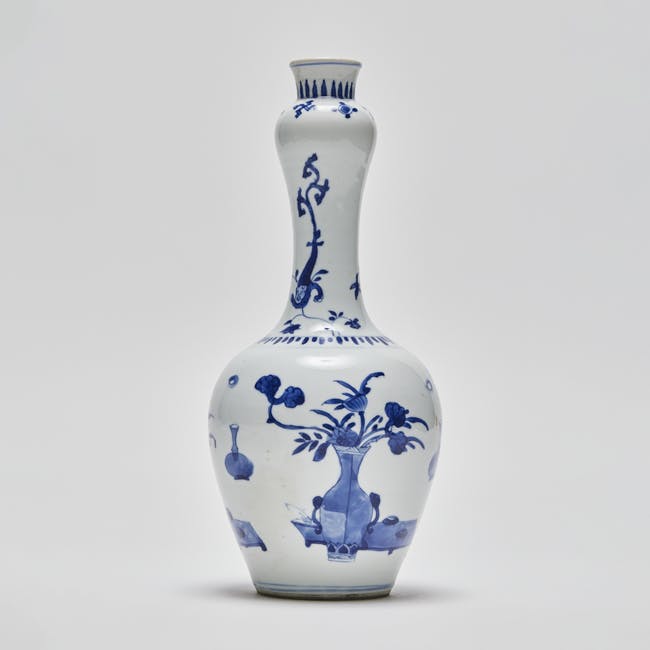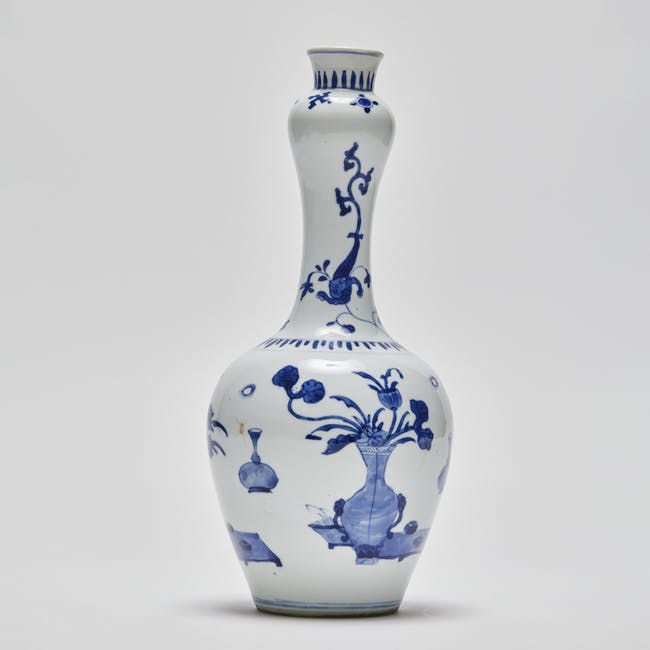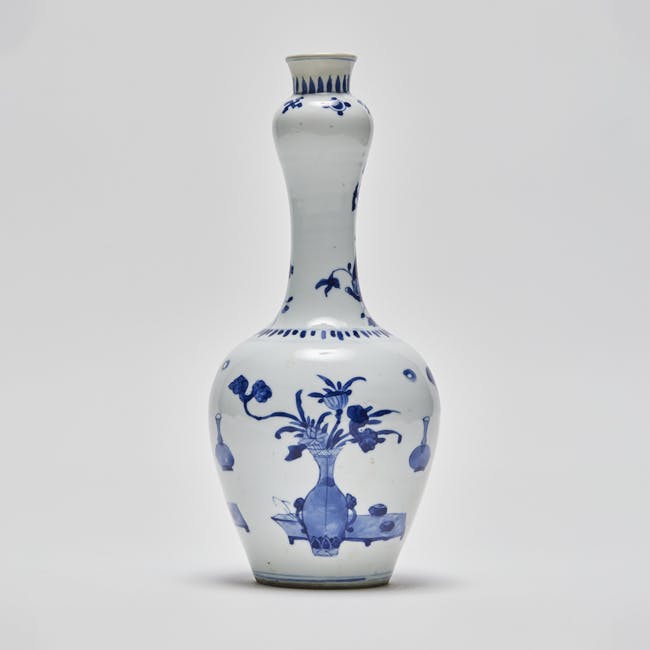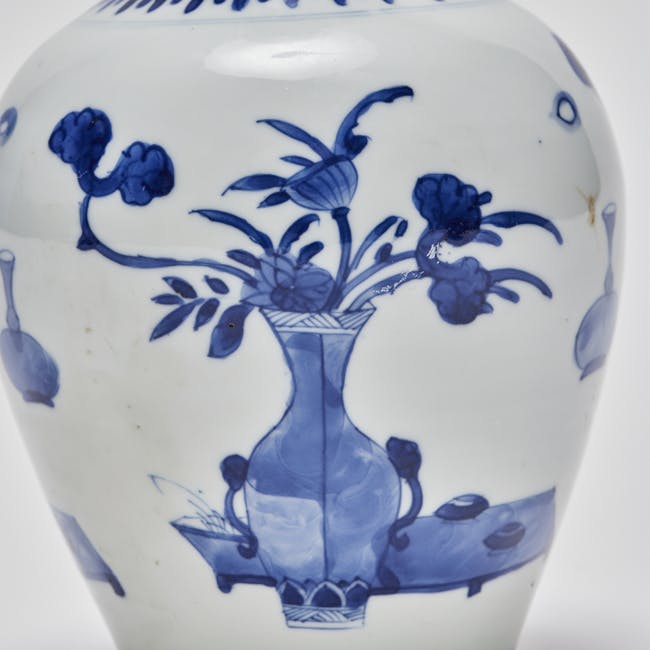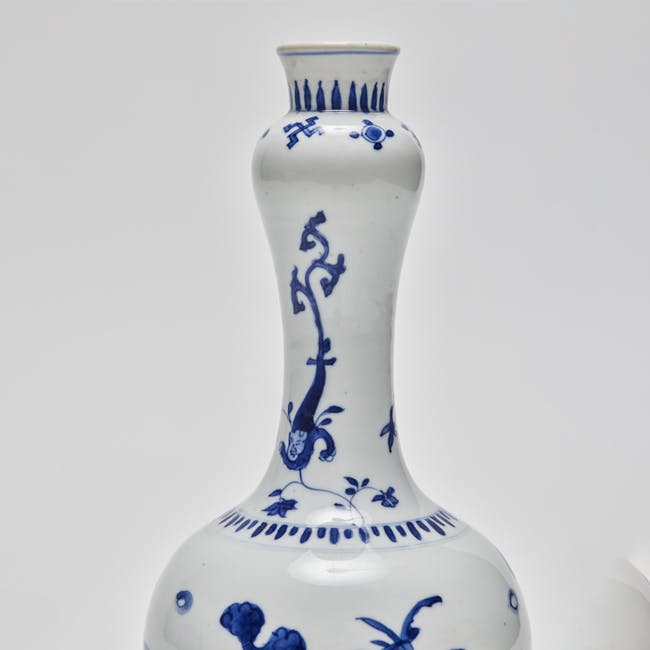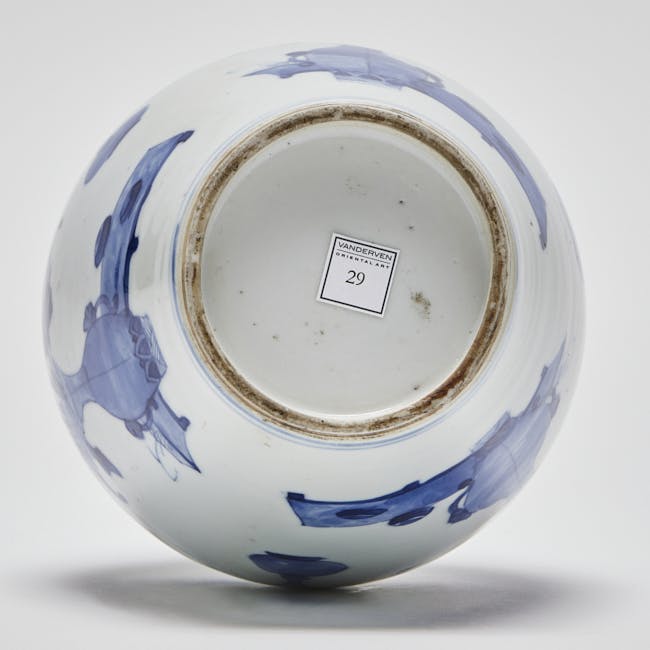The ‘Hundred Antiques’ or ‘Many Ancient Things’ is a collection of emblematic forms that include ancient and revered objects, often including items from the Four Scholarly Pursuits, Seven Buddhist Treasures, Daoist symbols and Eight Precious Things. They can include all types of three-dimensional decorative arts, which are often rebuses for auspicious wishes.
It is said that this pattern evolved during the northern Song period (960-1126 AD), when Emperor Huizong – who was a great collector of antiques – ordered a compendium of all the courts’ antiques collection. Since then it has been associated with great fortune and prosperity.
Any large number of Chinese good luck symbols, characters or objects are often referred to as Hundred Antiquities, regardless whether there are actually 100 or not. The number 100 should always been interpreted as ‘many’. In a similar vein 1,000 or 10,000 should be read as countless or unlimited in number. The figures should not be taken literally or counted exactly.
This pattern becomes particularly popular during the seventeenth century. It then evolves into a general decorative pattern on export ware, without any particular auspicious meaning as a whole.
Individual items still carry meaning, for example, the tripod censer symbolizes filial piety, stone chime for celebration, pearl to grant wishes, an ingot and coins for wealth, lozenge and rhino horn for victory etc. Other items can include an incense set on a table, ruyi scepter, box, yin /yang symbol, palm leaf. All are often embellished with ribbons, tassels and sashes, which further underlines auspicious meaning and messages.
